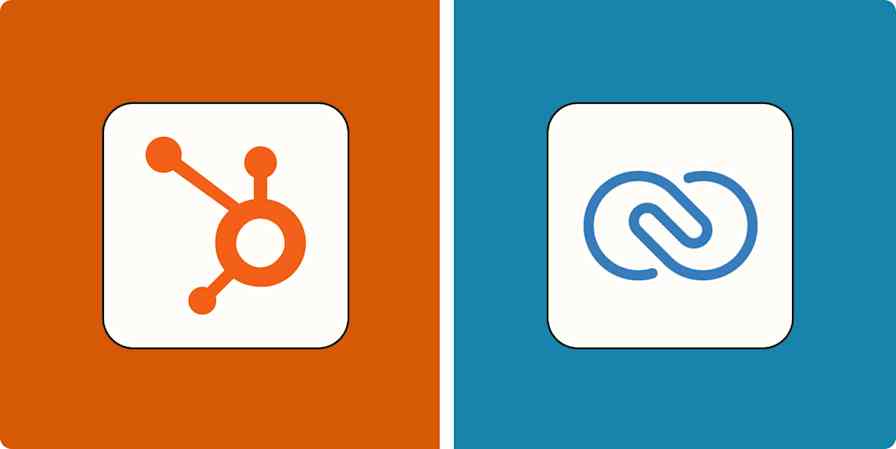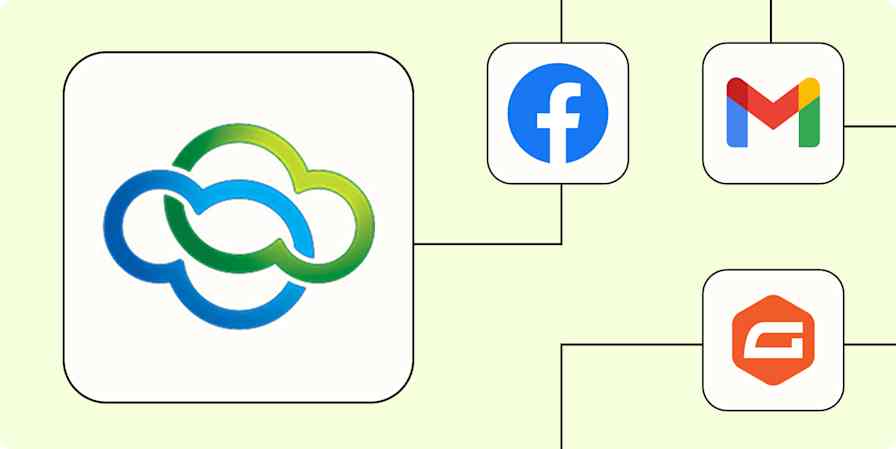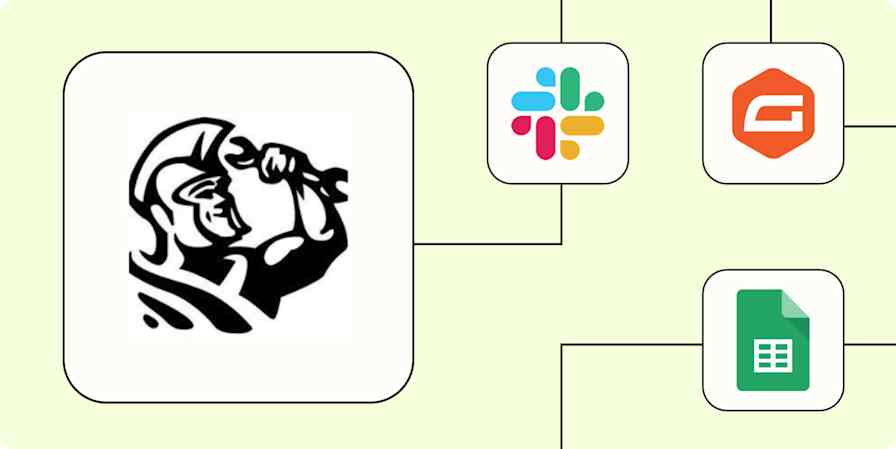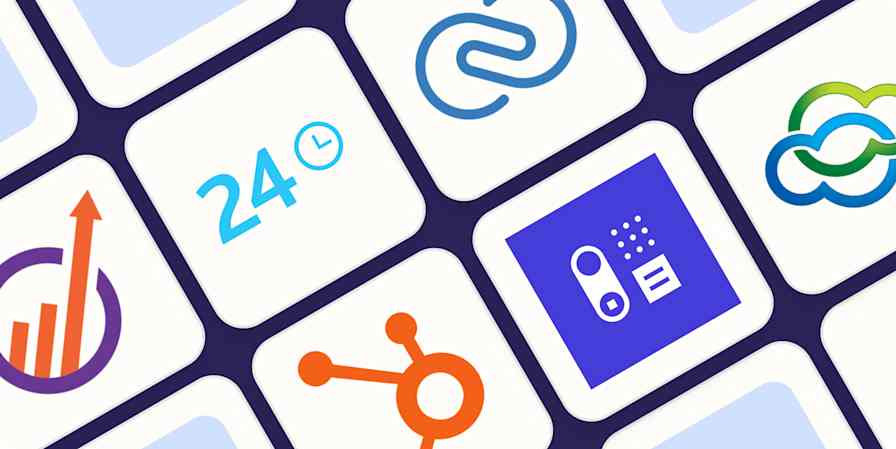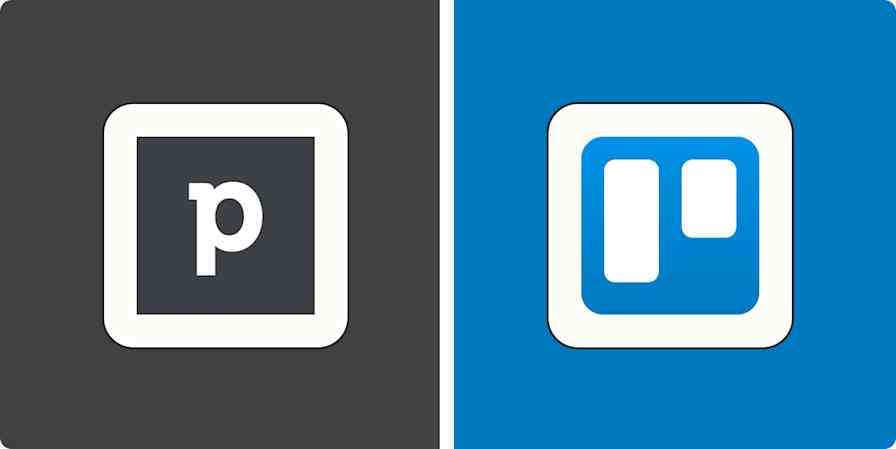Zapier tutorials
3 min readHow to add new Google Form responses to Salesforce
An easy way to automate your lead creation
By Elena Alston · September 30, 2022
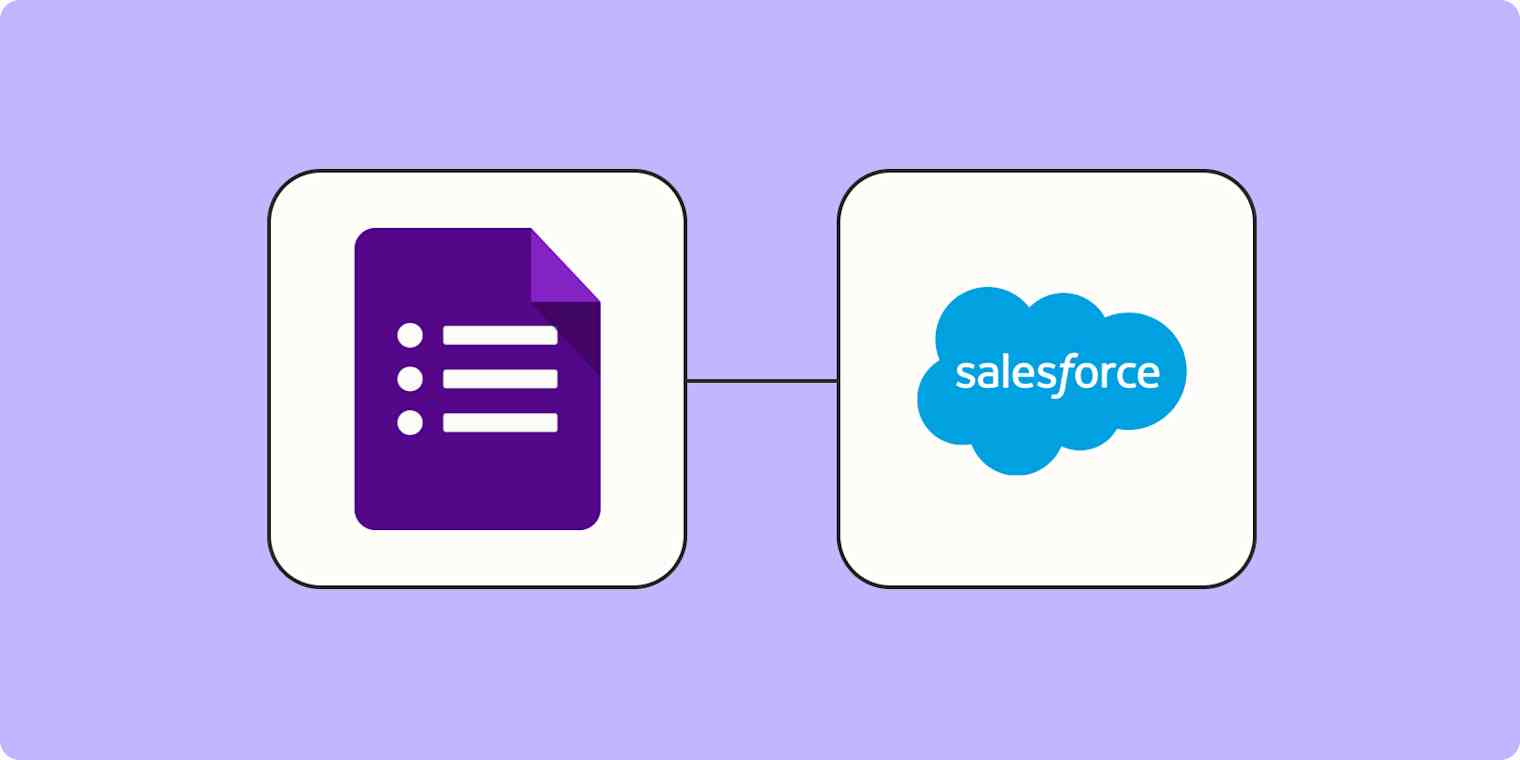
Get productivity tips delivered straight to your inbox
We’ll email you 1-3 times per week—and never share your information.
tags
mentioned apps
Related articles
Improve your productivity automatically. Use Zapier to get your apps working together.




